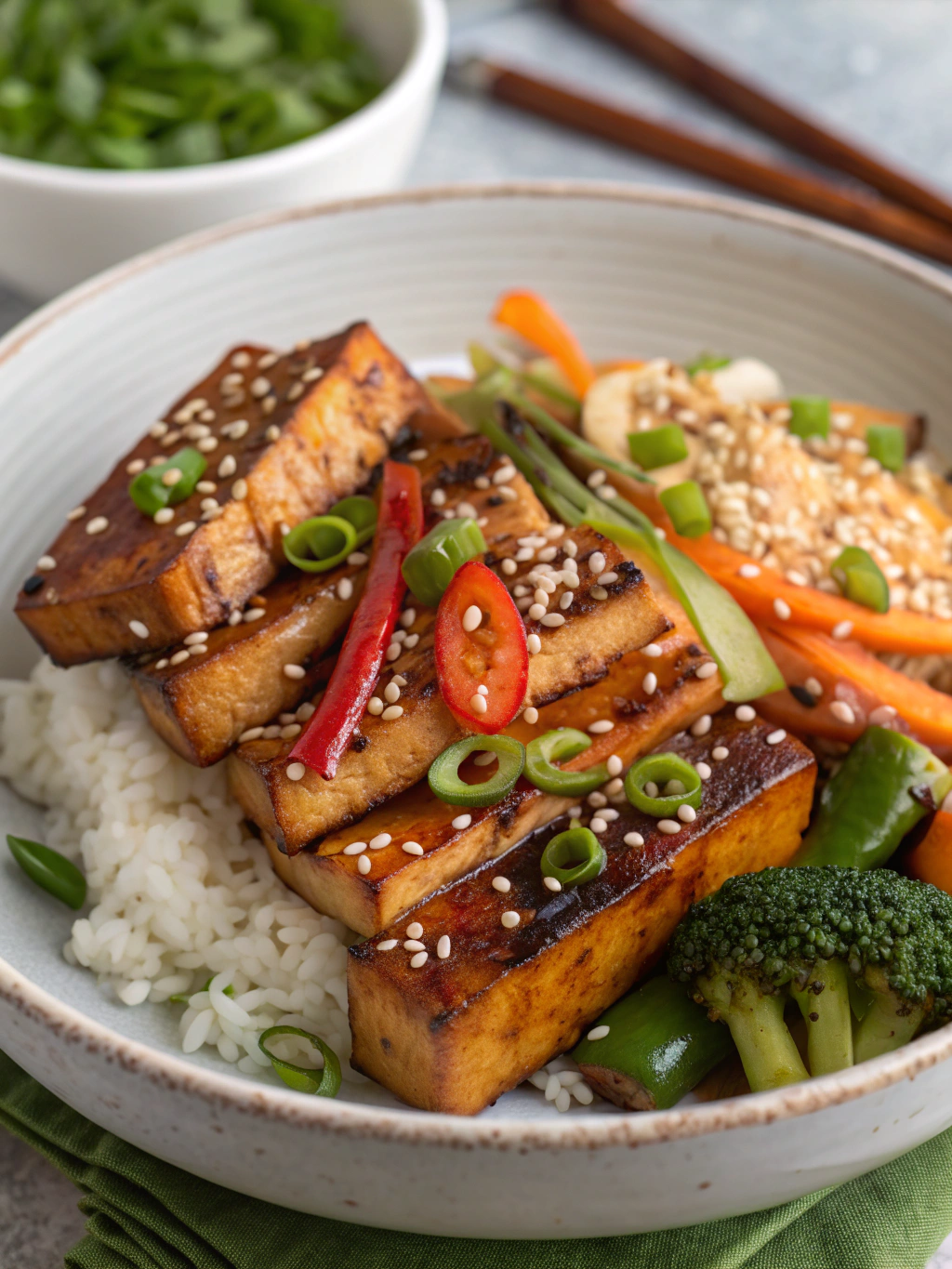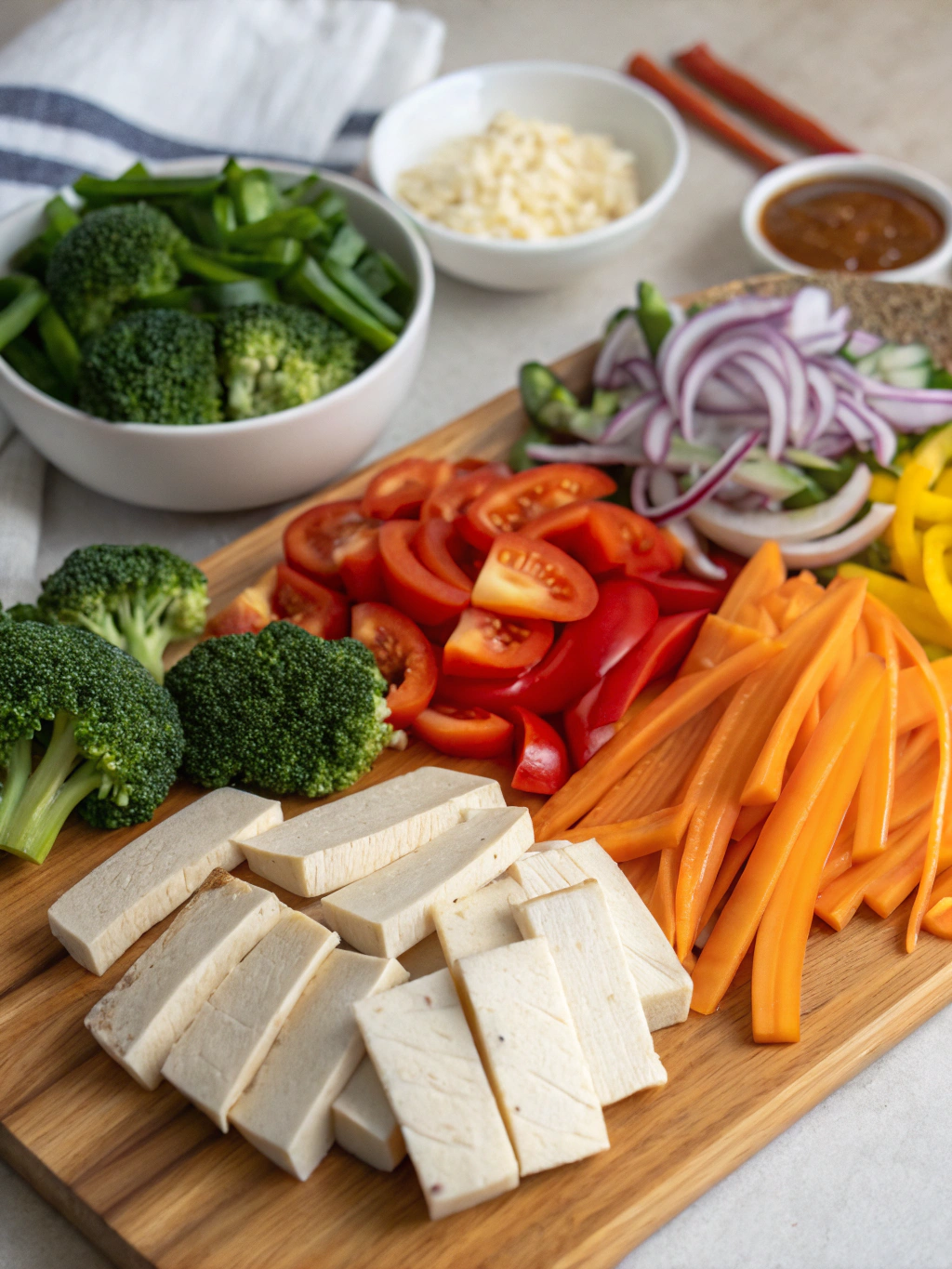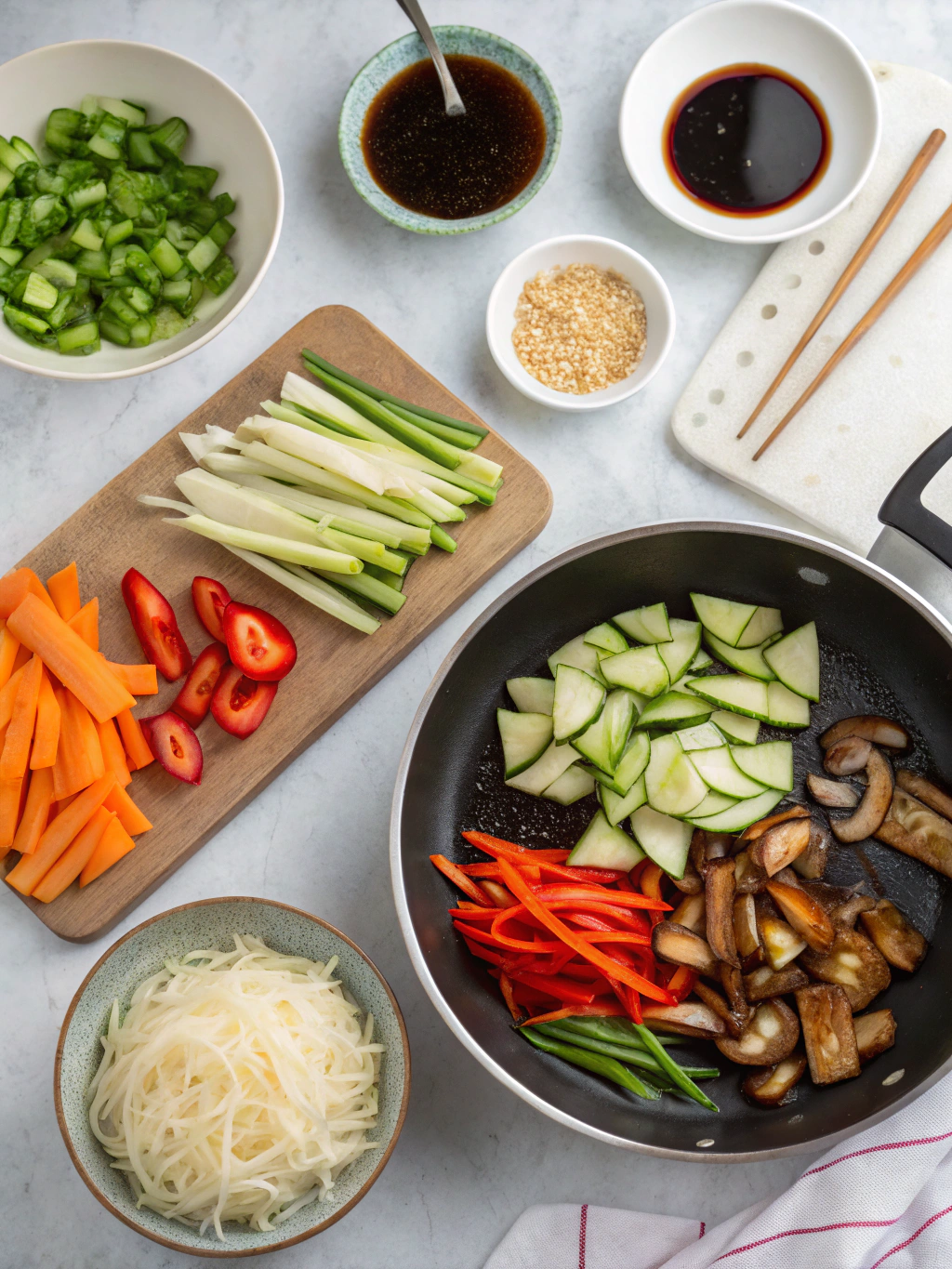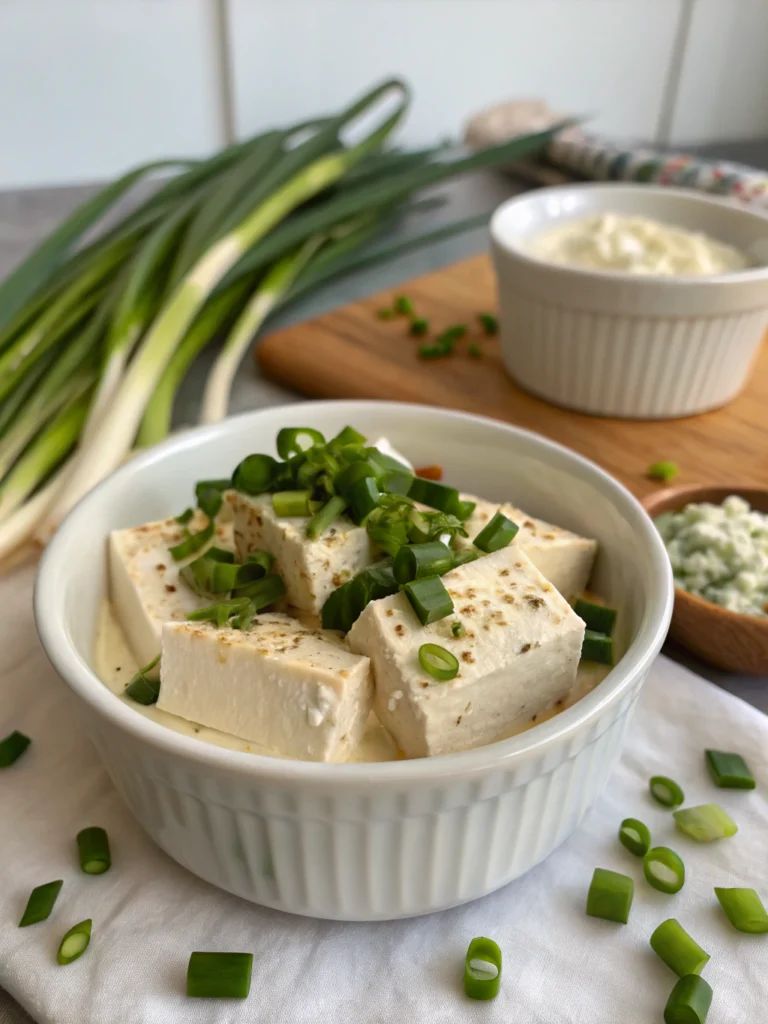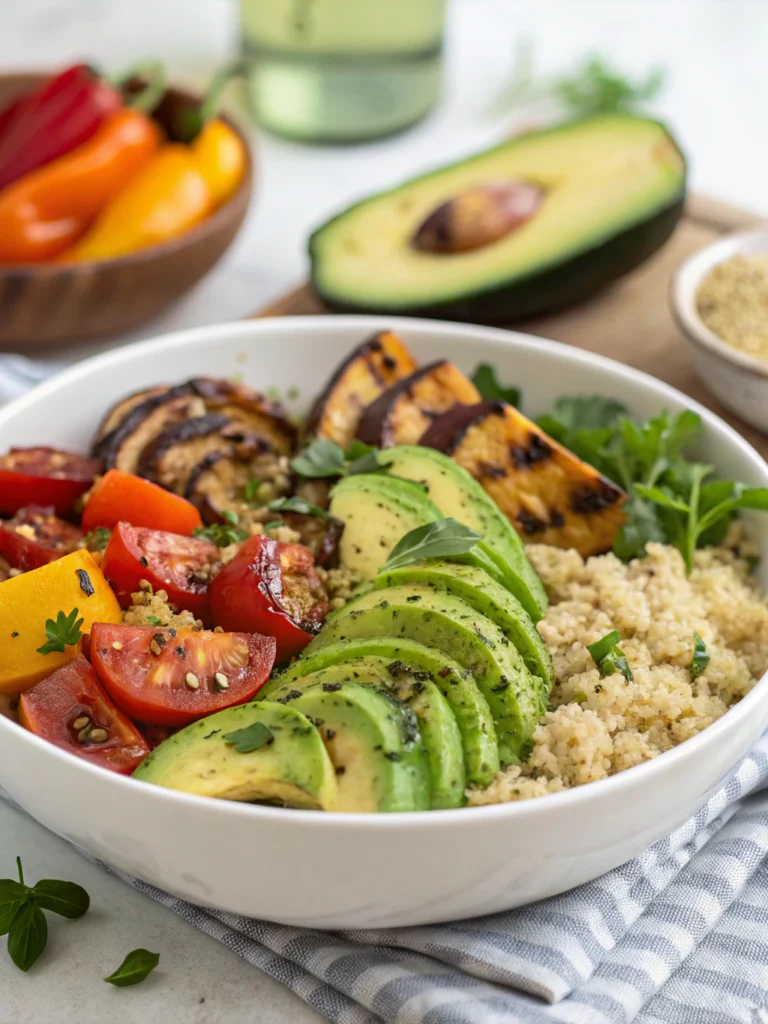Is Teriyaki Vegan? A Complete Guide to Plant-Based Teriyaki Options
Have you ever found yourself standing in the grocery aisle, bottle of teriyaki sauce in hand, wondering if this delicious Asian condiment fits into your plant-based lifestyle? The sweet, tangy, and umami-rich flavor makes it a staple in many kitchens, but is teriyaki vegan by default?
The answer isn’t as straightforward as you might hope. Traditional teriyaki sauce contains a mixture of soy sauce, mirin (sweet rice wine), sugar, and sometimes honey or fish-based ingredients. However, many modern versions are completely plant-based, making it essential to understand what makes teriyaki vegan-friendly and how to ensure your sauce aligns with your dietary choices.
In this comprehensive guide, we’ll explore everything you need to know about vegan teriyaki, including how to make your own delicious homemade version that’s guaranteed to be 100% plant-based.
Ingredients List
Creating your own vegan teriyaki sauce ensures you know exactly what goes into it. Here’s what you’ll need for a delicious homemade version:
- ½ cup soy sauce (or tamari for gluten-free option)
- ¼ cup water
- 3 tablespoons maple syrup (instead of honey, which is not vegan)
- 1 tablespoon rice vinegar
- 2 tablespoons brown sugar (organic preferred)
- 1 teaspoon fresh ginger, grated
- 2 cloves garlic, minced
- 1 tablespoon cornstarch mixed with 2 tablespoons water (for thickening)
- 1 tablespoon sesame oil (optional, for added depth)
- 1 tablespoon sesame seeds (for garnish)
This recipe creates a rich, glossy sauce with the perfect balance of sweet and savory flavors that clings beautifully to vegetables, tofu, or plant-based proteins.
Timing
One of the best things about making vegan teriyaki sauce is how quickly it comes together:
Preparation time: 5 minutes
Cooking time: 10 minutes
Total time: 15 minutes
This is significantly faster than many other homemade sauces, which can take 30-45 minutes to develop proper flavor. The quick preparation time makes this an ideal weeknight recipe addition when you’re craving those classic teriyaki flavors without the wait.
Step-by-Step Instructions
Step 1: Prepare Your Base
In a medium saucepan, combine the soy sauce, water, maple syrup, rice vinegar, and brown sugar. Whisk these ingredients together until the sugar begins to dissolve. The maple syrup provides that signature sweetness while keeping the recipe completely vegan-friendly.
Step 2: Add Aromatics
Add the freshly grated ginger and minced garlic to the saucepan. These ingredients provide the aromatic foundation that makes teriyaki so irresistible. For an extra flavor boost, you can briefly sauté the garlic and ginger in a teaspoon of sesame oil before adding the liquid ingredients.
Step 3: Simmer the Sauce
Bring the mixture to a gentle simmer over medium heat. Allow it to cook for about 5 minutes, stirring occasionally. This helps the flavors meld together and allows the natural sugars to begin caramelizing slightly, which is key to authentic teriyaki flavor.
Step 4: Thicken the Sauce
In a small bowl, create a slurry by mixing the cornstarch with 2 tablespoons of cold water until smooth. Slowly pour this mixture into the simmering sauce while whisking constantly. This prevents lumps and ensures a smooth, glossy finish that’s characteristic of perfect teriyaki sauce.
Step 5: Finish and Cool
Continue to simmer for another 2-3 minutes until the sauce has thickened to your desired consistency. Remember that the sauce will thicken slightly more as it cools. Remove from heat and stir in the sesame oil if using. Allow the sauce to cool before transferring to a storage container.
Now you have a delicious vegan teriyaki sauce that proves is teriyaki vegan can absolutely be a “yes” when you make it yourself!
Nutritional Information
This homemade vegan teriyaki sauce offers several nutritional advantages over store-bought versions. Per 2-tablespoon serving:
Calories: Approximately 45-50 calories
Carbohydrates: 9g
Sugars: 7g
Sodium: 650mg (can be reduced by using low-sodium soy sauce)
Fat: 1g
Protein: 1g
Compared to many commercial teriyaki sauces, this homemade version typically contains 30% less sodium and no artificial preservatives or colorings. The use of maple syrup instead of honey not only makes this is teriyaki vegan recipe compliant but also adds beneficial minerals like manganese and zinc.
Healthier Alternatives for the Recipe
If you’re looking to make this vegan teriyaki sauce even healthier, consider these modifications:
Lower sodium: Use coconut aminos instead of soy sauce to reduce sodium content by up to 70% while maintaining that umami flavor profile.
Reduce sugar: Replace the brown sugar with monk fruit sweetener or stevia for a lower-glycemic option. You can also use date paste as a whole-food sweetener alternative.
Boost nutrition: Add 1 tablespoon of nutritional yeast for a B-vitamin boost and subtle cheesy undertone that complements the umami flavors.
Thickening alternatives: Instead of cornstarch, use arrowroot powder or kuzu root for a less processed thickening agent with additional digestive benefits.
Serving Suggestions
Your homemade vegan teriyaki sauce can transform countless plant-based dishes:
Teriyaki Tofu Bowl: Drizzle over crispy baked tofu, steamed broccoli, and brown rice for a balanced meal.
Grilled Vegetable Skewers: Brush the sauce on mushrooms, bell peppers, zucchini, and pineapple chunks before and after grilling.
Teriyaki Tempeh: Marinate tempeh slices for 30 minutes before pan-frying for a protein-rich main dish.
Noodle Stir-Fry: Toss with udon or soba noodles and your favorite vegetables for a quick weeknight dinner.
Dipping Sauce: Serve alongside vegetable gyoza or spring rolls for an elevated appetizer experience.
Common Mistakes to Avoid
- Overheating the sauce: Simmering too vigorously can cause the sugars to burn and create a bitter taste. Keep the heat medium-low for best results.
- Adding cornstarch directly: Always create a slurry first. Adding cornstarch directly to hot liquid will result in clumps that are nearly impossible to dissolve.
- Not reading store-bought labels carefully: When asking is teriyaki vegan, remember that commercial versions often contain honey or fish derivatives. Always check ingredients lists.
- Oversalting: Between the soy sauce and added seasonings, teriyaki can quickly become too salty. Taste as you go and adjust accordingly.
- Skipping the aromatics: Fresh ginger and garlic are essential for authentic flavor. Powdered versions won’t provide the same bright, complex taste profile.
Storing Tips for the Recipe
Your homemade vegan teriyaki sauce will maintain its quality when stored properly:
Refrigeration: Transfer cooled sauce to an airtight container or glass bottle. It will keep in the refrigerator for up to 2 weeks. The sauce may thicken when chilled; simply warm it slightly or add a splash of water before using.
Freezing: Pour sauce into ice cube trays for convenient portion control. Once frozen, transfer the cubes to a freezer bag. These will keep for up to 3 months and can be thawed as needed.
Batch cooking: Consider doubling or tripling the recipe to have plenty on hand. The initial effort is nearly the same, but you’ll have delicious vegan teriyaki sauce ready whenever inspiration strikes.
Conclusion
So, is teriyaki vegan? While traditional recipes may contain honey or fish-derived ingredients, creating your own vegan version is simple, economical, and results in a sauce that’s bursting with authentic flavor without any animal products.
This homemade teriyaki sauce proves that plant-based eating doesn’t mean sacrificing the flavors you love. By controlling the ingredients, you can create a sauce that’s not only vegan but also healthier and more customized to your taste preferences than store-bought alternatives.
Have you tried making your own vegan teriyaki sauce? Share your experience in the comments below, or tag us in your teriyaki creations on social media! And if you’re looking for more plant-based Asian-inspired recipes, be sure to subscribe to our newsletter for weekly inspiration delivered straight to your inbox.

